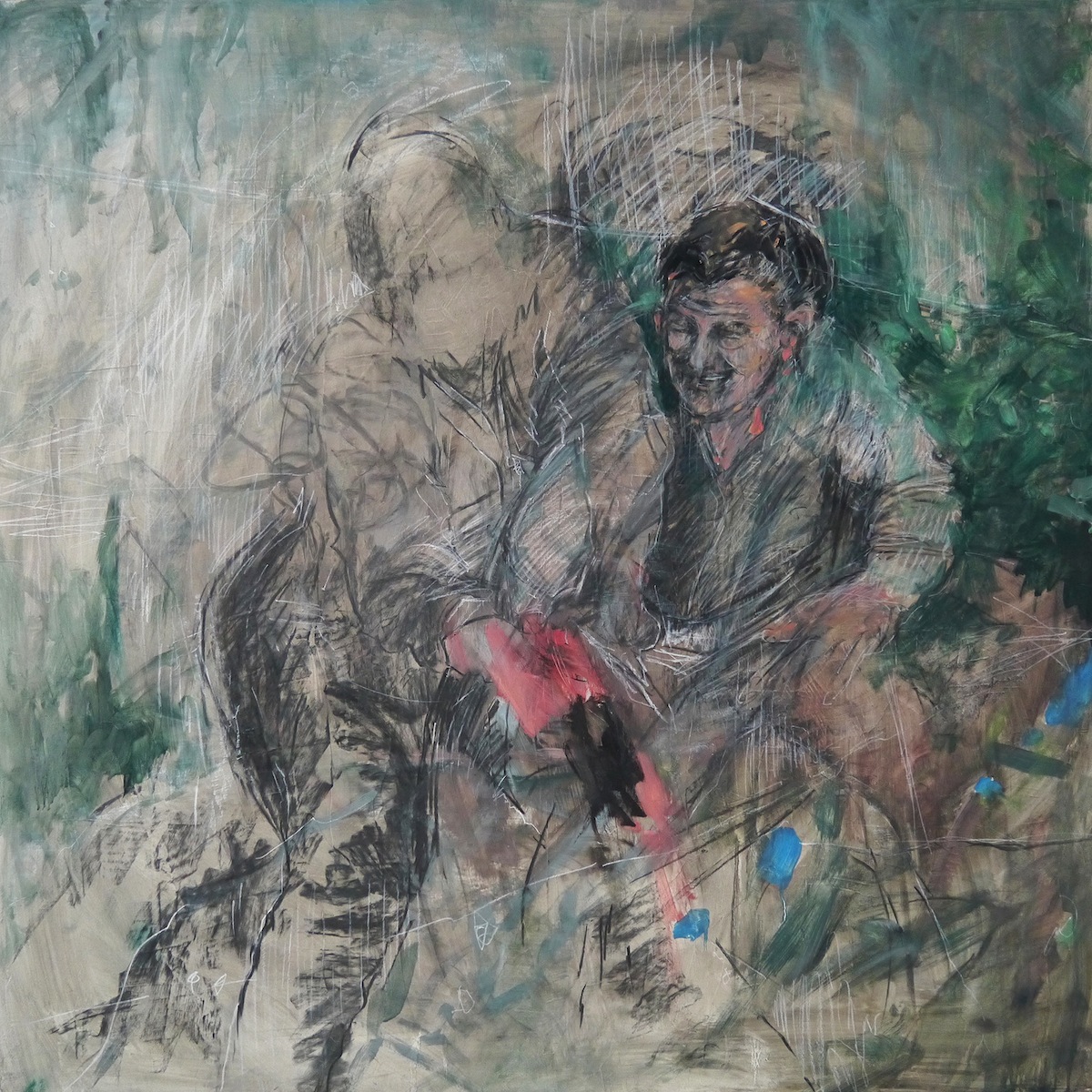Where Back When
January 11 – March 23, 2016
Reception: January 22, 6 – 8 p.m.
Large-scale paintings by J. M. Culver reconstruct the past and explore new perspectives in generational storytelling with narratives that vary from the mundanity, absurdity, gravity, and humor of life. These intimate paintings take a look into the transitory nature of memory, inconsistency of perspective with mental illness, and the ownership of stories and secrets.
Artist Statement
My paintings reconstruct the past and explore new perspectives with generational storytelling. They are personal interpretations of my grandfather’s stories, both lucid memories and surreal moments skewed by his altered mental states from schizophrenia. My large-scale paintings explore the transitory nature of memory, the ownership of stories and secrets, and the inconsistency of perspective with mental illness. These narratives depict scenes that range from mundanity, absurdity, gravity, and the humor of life. They represent universal themes of the human condition and of life at its brightest and darkest points. A video documenting my inspiration and creative process for these paintings will also be on display for this exhibition.
Artist Bio
J. M. Culver is a contemporary figurative artist that creates psychological narratives with universal themes. She explores figuration and abstraction through a combination of painting and drawing. Prominent themes in her work are identity, the transitory nature of memory, and personal allegories that give an intimate and tangible glimpse into the human psyche. Culver attended Syracuse University in NY for graduate studies and holds a BFA in painting from the Minneapolis College of Art and Design. She actively exhibits her work, which is held in private collections internationally. Culver lives and works in Minneapolis, MN.
J. M. Culver is a fiscal year 2015 recipient of an Artist Initiative Grant from the Minnesota State Arts Board. This activity is made possible by the voters of Minnesota through a grant from the Minnesota State Arts Board, thanks to a legislative appropriation from the arts and cultural heritage fund.
Q&A with J.m. Culver
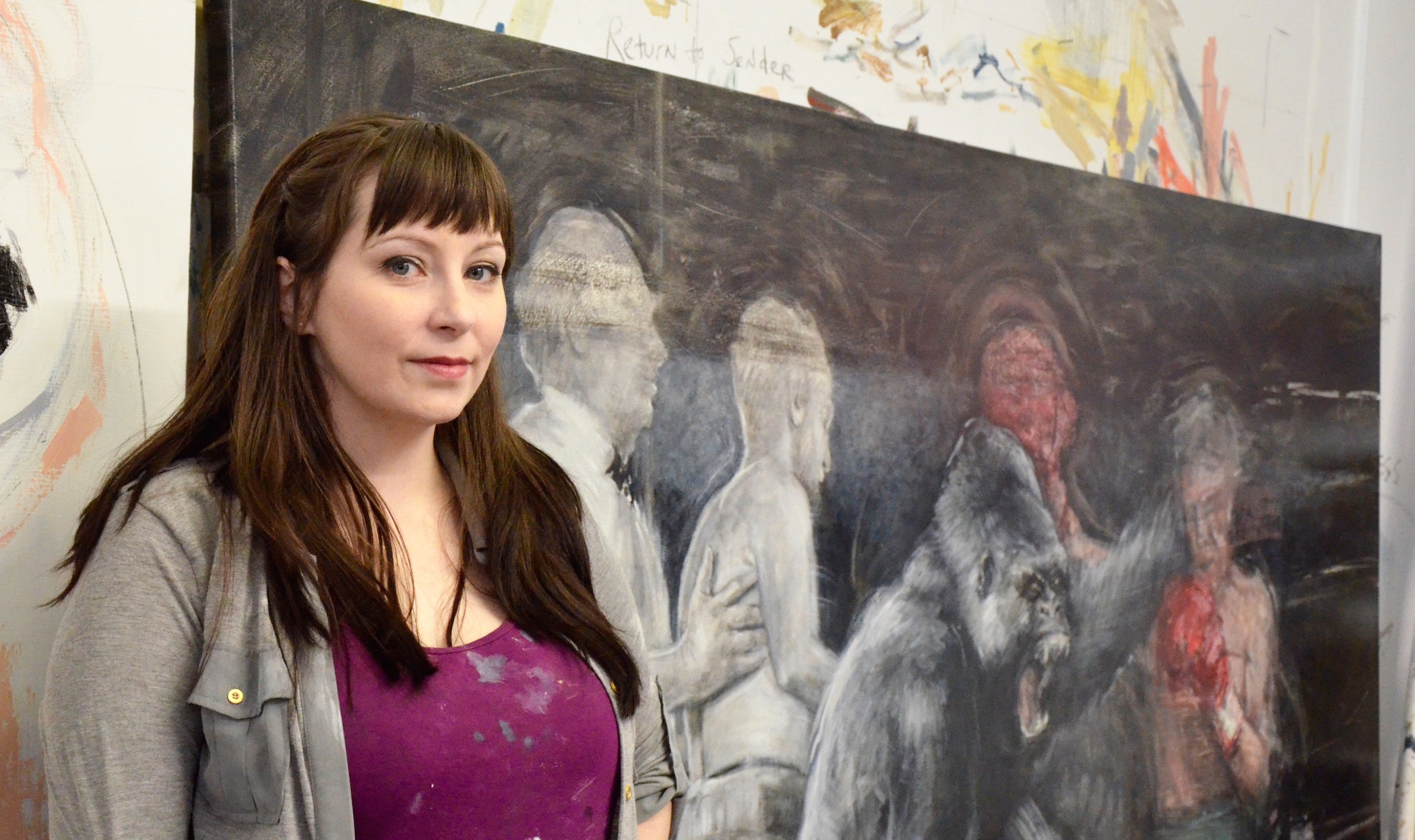
Describe your creative process. How do you get started? Do you ever face an artist’s block? If so, what do you do to avoid/get out of it?
I like to work on multiple pieces at a time. If I feel stuck, I can just move on to the next. Each painting helps inform the other. It’s always interesting to see how it develops as a whole. I don’t have an artist’s block in terms of coming up with ideas for my work, but I have issues with motivation. It’s hard to always feel motivated in the studio on a daily basis. I think the most important thing is to find a theme that you really care about and can connect with. I think you have to remind yourself that it’s okay to make a bad painting. Just get up and paint. If it’s bad, then you can paint over it, try the same idea in a different way, or just move on to the next idea. The longer you procrastinate, the harder it is to go over to the canvas.
How many hours a week do you set aside to be in the studio?
I’m a full time artist so I work daily in my studio, including studio work and marketing. When I have a large project or overlapping deadlines, I work during the day and night with just a nap in between so I can efficiently utilize all my time. I work on both personal projects and commissions throughout the year.
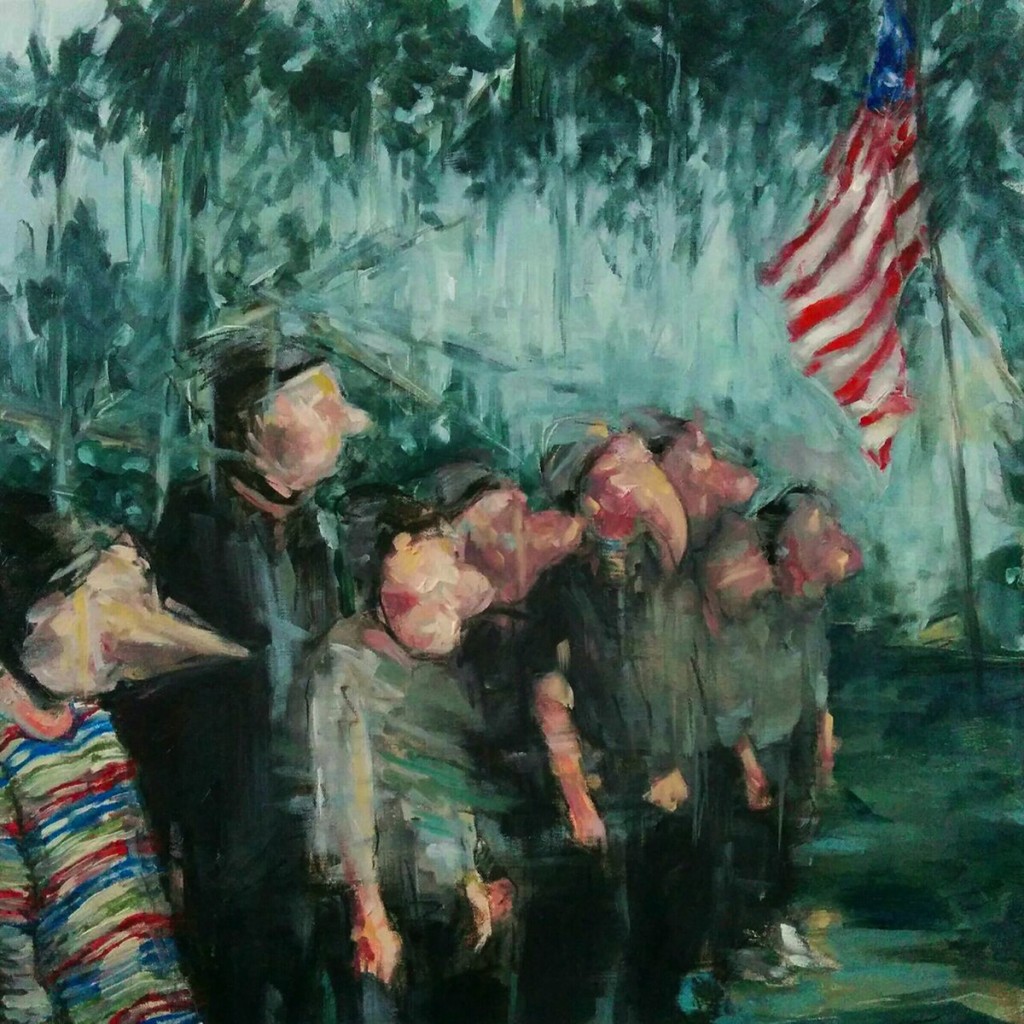
What are studio practices you recommend to emerging artists?
For emerging artists, I highly recommend keeping a specific studio schedule. It’s a lot harder to motivate yourself to work in the studio when you are an independent artist. You have to make your own schedule and deadlines. Even if you have an outside job, set specific days and hours to be in the studio. Create project outlines and to-do lists. I personally like to use an annual planner for my yearly goals and break it down into monthly, weekly, and daily to-do lists. I also keep a dry erase board for the month and have my phone calendar to remind me of deadlines. I’d also recommend reading articles and books on marketing and the business of entrepreneurship. A former professor once said to me “There are 24 hours in a day; make it work!”
What challenges do you face when starting a new project?
I spend a lot of time researching and writing out my ideas in my visual journals. I have a new journal/sketchbook for every project to keep things organized and to revisit old ideas. It’s very helpful, especially if you work on multiple projects in your studio. I spend more time writing than I do sketching. I do basic sketches of my ideas and for the compositions. I don’t like to plan all the details or the work doesn’t feel fresh when I start on the canvas. For large work, I hire someone else to build my stretchers and do the prep work. Sometimes I’ll start paintings pinned to the wall, then I’ll figure out the specific size and have the stretchers made. Delegating the prep work allows more time for my painting and marketing.
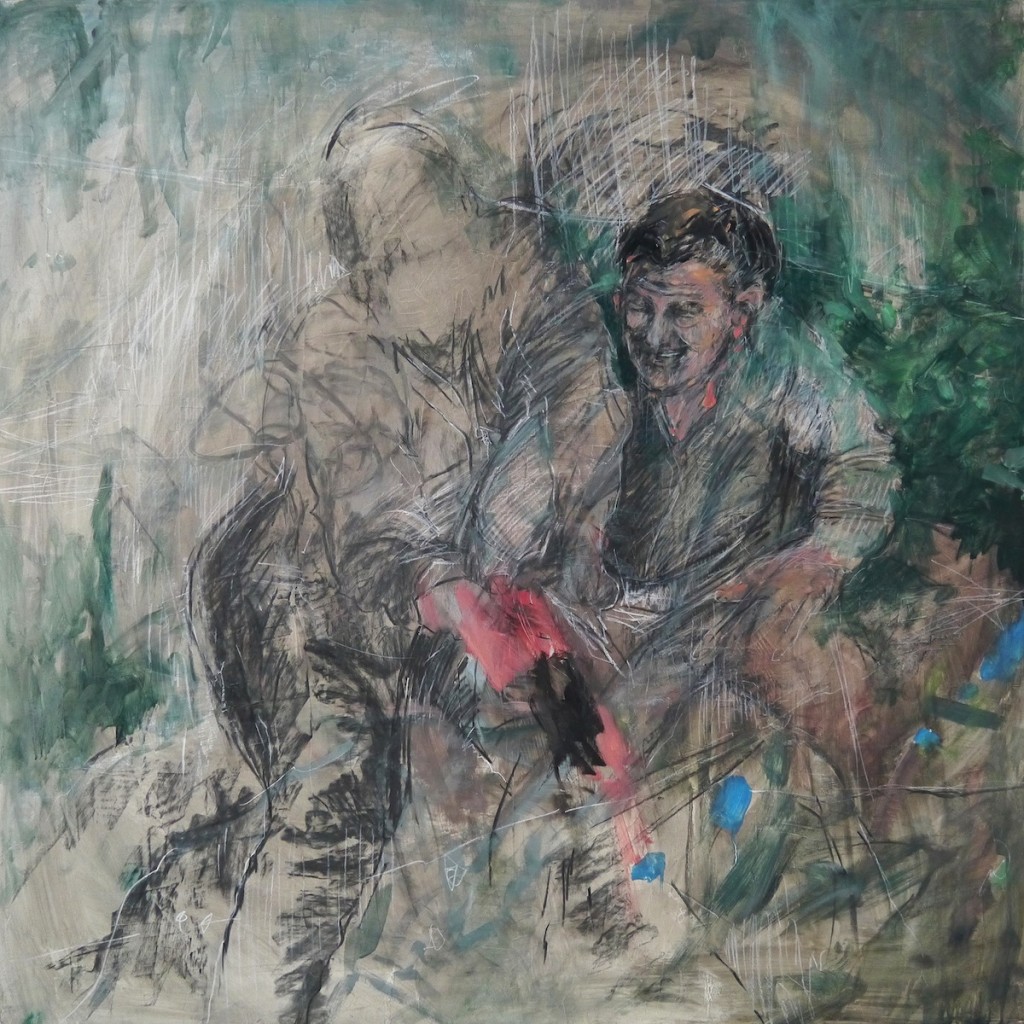
Through your exploration of memory, are there any themes that tend to resurface in terms of how you express a certain situation/feeling/memory?
A lot of my work pieces together fragments of memories that I find connect with one another. Some of these fragments and images have become part of my own visual language and resurface in new work. I think that they can start to create a new narrative and possibly a new interpretation of the original memory or experience. Sometimes these characters and objects seem to take on a life of their own in the work where things come out on a more subconscious level. Sometimes it takes the viewer to even point these things out to me, or I step back and discover it after the piece is finished.
What new projects or exhibitions are you looking forward to next?
I’m looking forward to my work being in the Christie’s Auction at MCAD in May. I also have some commission projects lined up. My grant project has sparked a lot of ideas for future paintings and drawings. I’m looking forward to continuing to explore my current theme and see how it develops this coming year with both drawings and paintings.
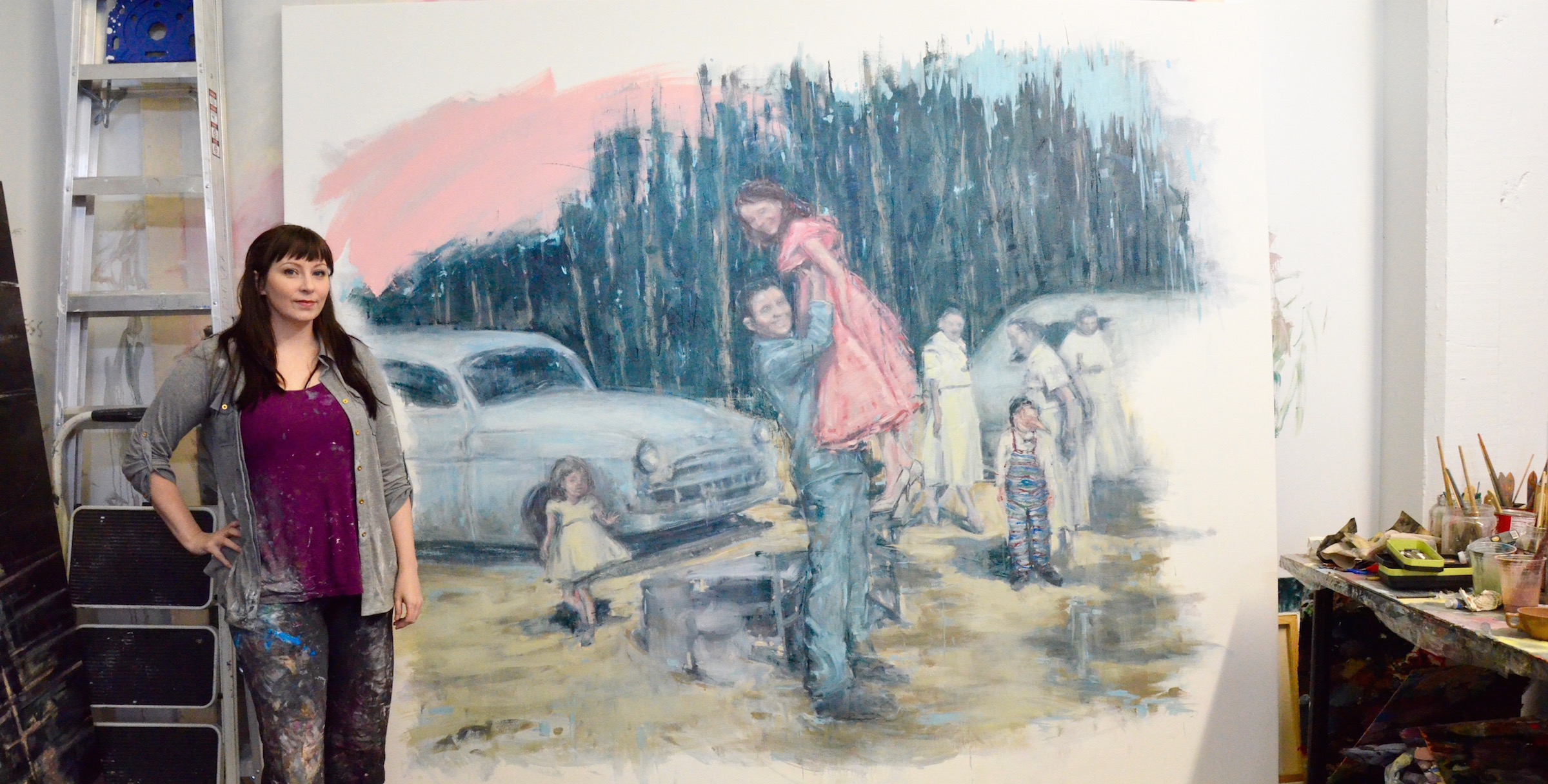
Questions by Gallery Intern Johanna Goggins.

